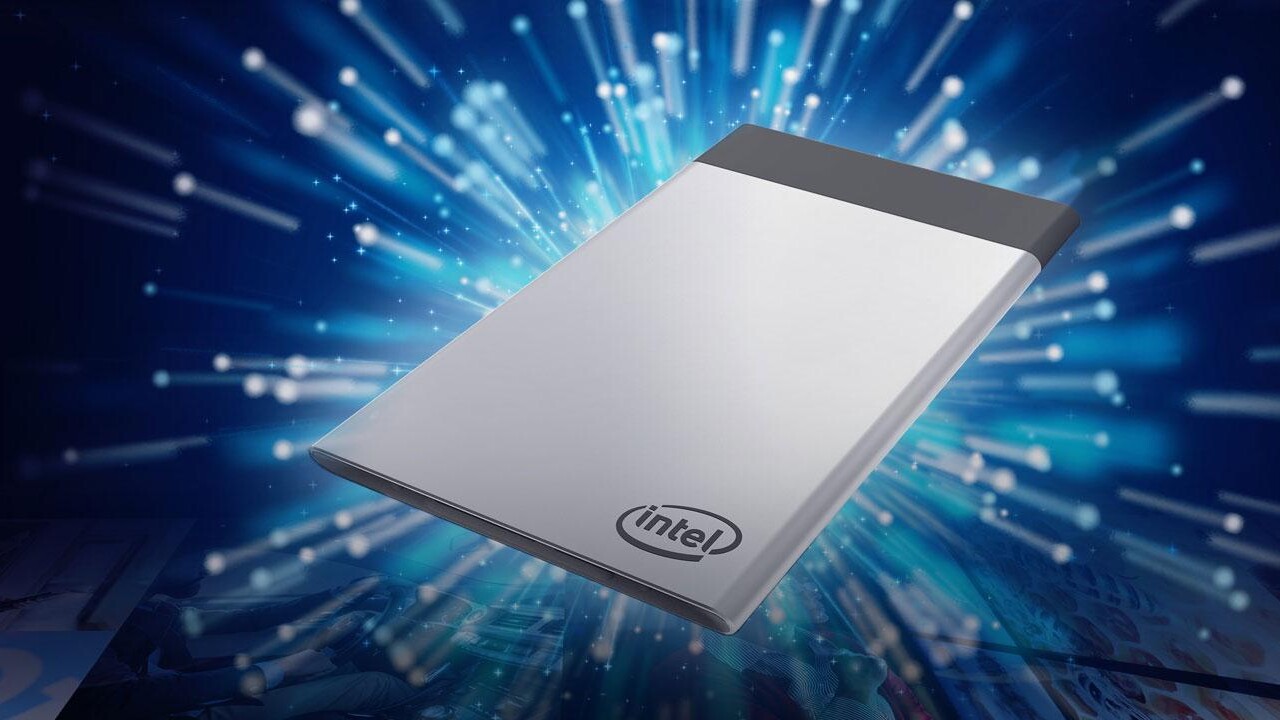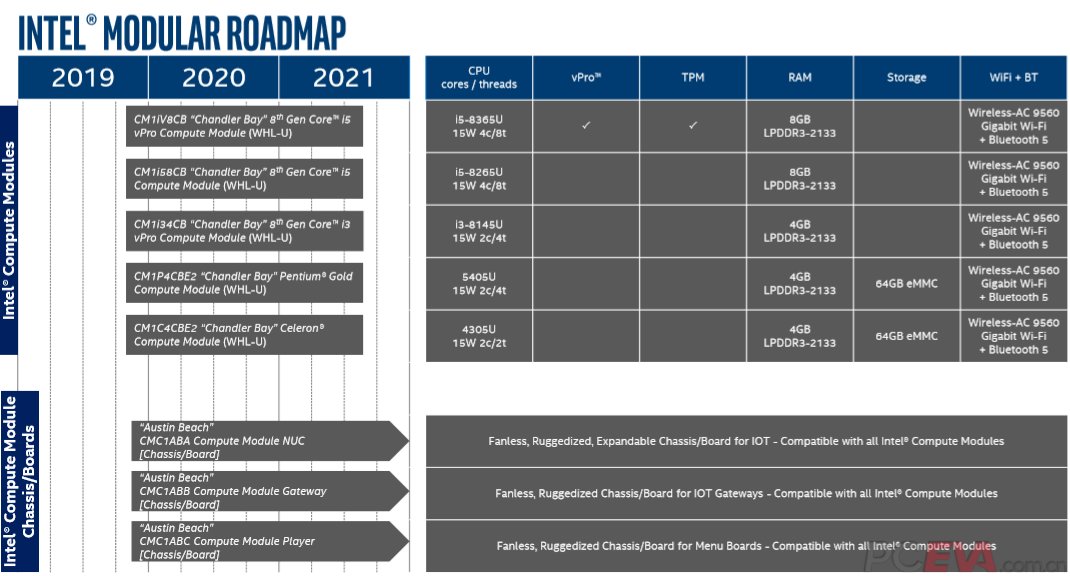Compute Card: Intel stellt PC-Modul im Kreditkartenformat ein

Intel hat bestätigt, dass die Compute Card, eine Art PC-Modul im Kreditkartenformat, eingestellt wird. Die aktuellen Versionen werden nur noch dieses Jahr verkauft und mit Support begleitet. Neue Compute Cards sind hingegen nicht mehr geplant.
Über die Entscheidung hat ein Intel-Sprecher die Website Tom's Hardware informiert. Die Stellungnahme lautet wie folgt:
We continue to believe modular computing is a market where there are many opportunities for innovation, [...] However, as we look at the best way to address this opportunity, we’ve made the decision that we will not develop new Compute Card products moving forward. We will continue to sell and support the current Compute Card products through 2019 to ensure our customers receive the support they need with their current solutions, and we are thankful for their partnership on this change.
Intel
Die Einstellung der 94,5 × 55,0 × 5,0 mm messenden Compute Card, die mit sparsamen Intel-SoCs der Familien Kaby Lake-Y (ehemals Core M) oder Apollo Lake sowie RAM und Flash-Speicher bestückt ist, kommt nicht überraschend. Zum einen war es zuletzt sehr ruhig um die Produkte geworden, zum anderen gab es bereits Hinweise auf ein Ende des Projekts. Denn eine durchgesickerte Roadmap hatte verschiedene Compute Cards noch bis zum Jahr 2019 aufgeführt, ließ die Spalte für das Jahr 2020 aber völlig leer, wofür nun die offizielle Begründung vorliegt.

Compute Module als mögliche Fortsetzung
Intels Stellungnahme geht allerdings nicht auf das Compute Module als eine „nackte“ Variante der Compute Card ohne Gehäuse für den internen Einsatz ein. Die nun umso authentischer wirkenden Roadmaps nennen den Start der Compute Modules für Ende 2019 und gehen bis ins Jahr 2021. Das „System-On-Module“ besteht aus CPU, LPDDR3-RAM, Funkmodem mit WLAN und Bluetooth und je nach Ausführung verlötetem eMMC-Flash-Speicher. Die kleinste Ausführung der Chandler Bay genannten Plattform bietet demnach einen Celeron 4305U mit zwei Kernen, 4 GB RAM und 64 GB Flash. Die stärkste Version verzichtet auf Flash-Speicher, bietet mit Core i5-8365U mit vier Kernen und acht Threads sowie 8 GB RAM aber mehr Leistung. Alle Prozessoren der Compute Modules gehören zur Familie Whiskey Lake-U mit 15 Watt TDP.
Partner Nexdock enttäuscht
Noch vor der Stellungnahme von Intel hatte sich Nexdock als Partner bei der Compute Card im eigenen Blog zu Wort gemeldet und die ungewisse Zukunft für das Projekt moniert. Der Hersteller habe erst erfahren, dass es wohl keine neuen Compute Cards mehr geben wird und daraufhin das Projekt NexPad auf Eis gelegt, denn das wesentliche Merkmal der Plattform, die Aufrüstbarkeit, sei nun nicht mehr gegeben.
After spending tons of personal capital and 2 years time to build a product for Intel Compute Cards, we are sad to announce that we are putting the NexPad project on hold until there is more visibility about the future of Compute Cards.
Nexdock
Mit NexDock 2 ist inzwischen aber ein anderes Projekt von NexDock auf Kickstarter gestartet. Ein Notebook-Gehäuse mit Display, HDMI, USB und Tastatur wird mit einem Smartphone gekoppelt, das für die Rechenleistung sorgt. Die neu aufgelegte Idee eines möglichst günstigen Notebooks via gekoppeltem Smartphone ist ab 179 US-Dollar zu haben.


